Port speaks to architect and designer John Pawson and Marcus Wästberg, founder of lighting company Wästberg, about the unique, atmospheric qualities of candlelight
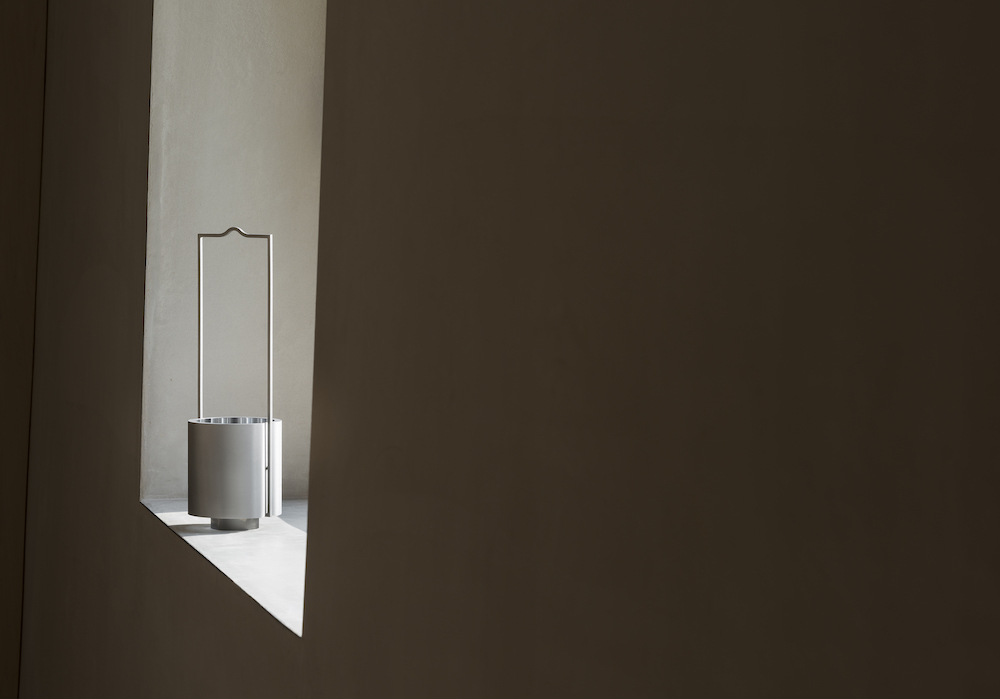
It is only very recently, in the last 100 years – a fraction of human existence – that we have really been able to control light. Despite the great advances of the industrial revolution, until the end of the 19th century vast modern cities would be plunged into darkness at night. Where now, looking down from the hills around Los Angeles or London, the city appears as a vast, twinkling beacon, illuminating the sky above it, then it would have sunk with the sunset into the dark, unseen.
Given its ubiquity today, it is hard to imagine life without electric lighting, but for at least 400,000 years the only source of light other than the sun was fire, and only as candlelight for the past 5,00o years. And yet, while the effect of electric lighting on the development of humanity cannot be understated, as Marcus Wästberg – the founder of the lighting company that bares his name – states, we miss something in becoming estranged from fire. An essential source of warmth, communication and defence, as well as light, for our ancestors, fire has a certain quality – a colour and form and movement – that artificial light cannot replicate.
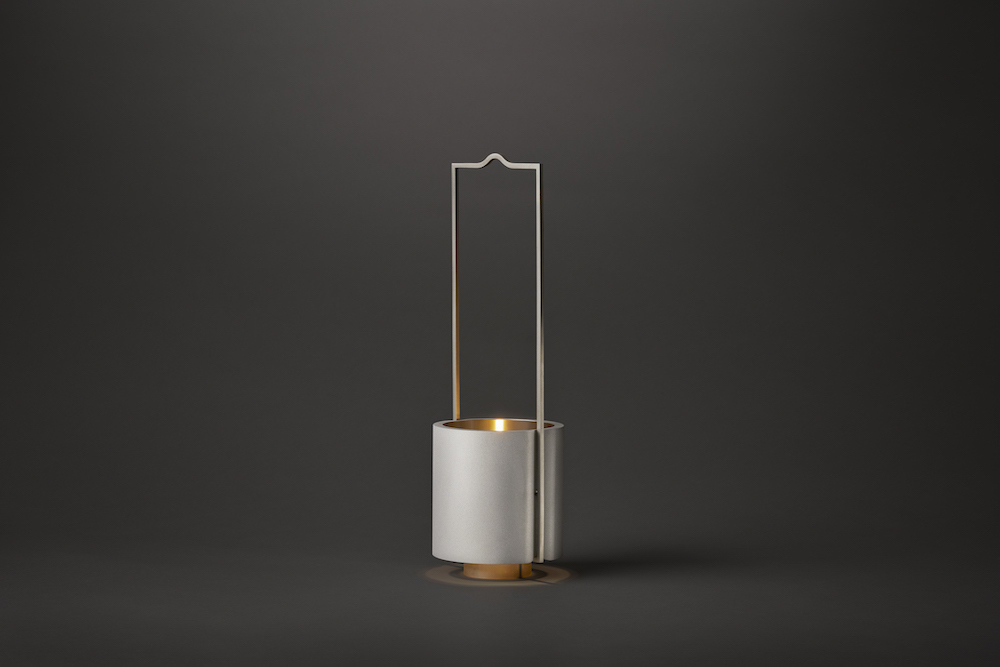
It was these ideas that led Wästberg to develop a series alongside his range of conventional lighting that was devoted to non-electric lights. Named Holocene, after the geological period running between 11,700 to 100 years ago – a period Wästberg describes as being when “man lived in harmony with nature – was careful with resources, and cherished fire,” the series has seen collaborations with designers Ilse Crawford, David Chipperfield and Jasper Morrison over the past ten years. Now Wästberg is launching the fourth product in the Holocene range: a sleek, stainless steel and aluminium oil lamp by the architect and designer John Pawson.
Pawson, who is known for his expressive, spiritual minimalism, is an appropriate collaborator for a project that seeks to rediscover the contemplative, mindful qualities of fire, and when Port travelled to meet Pawson and Wästberg at the designer’s Notting Hill home, the lamps were dotted around his paired-back living room, the flickering light animating the calm, off-white space. As the sun went down, leaving only the soft glow of the lamplight, Port spoke to Pawson and Wästberg about the atmospheric potential of the lamp, bringing non-electric lighting to the fore, and what using fire as a light source means in the 21st century.
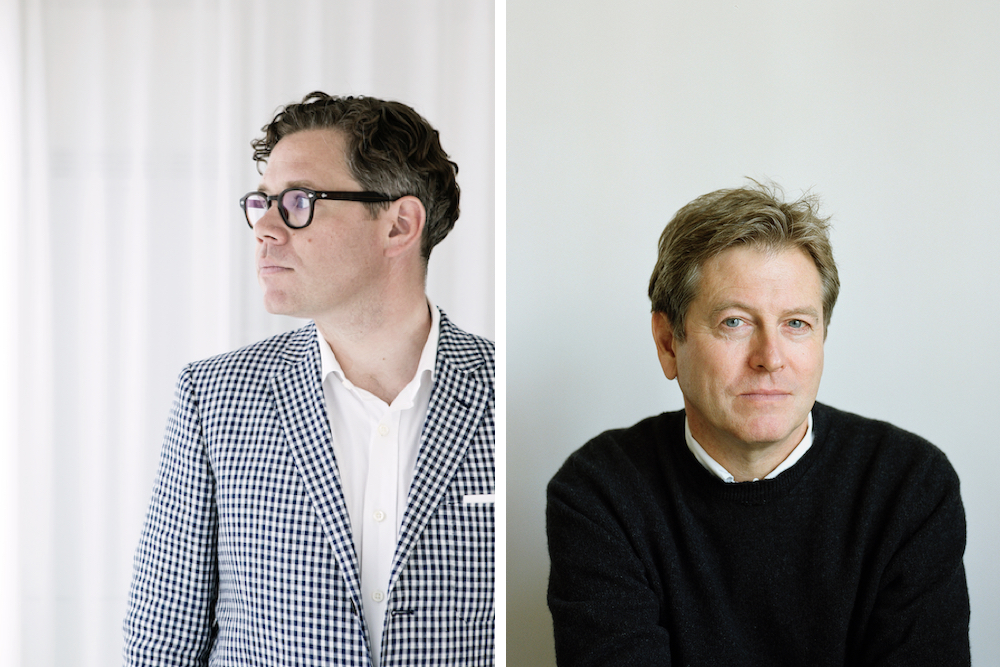
Where does the concept for Holocene come from?
Magnus: When I started Wästberg 10 years ago, one of the things that I really didn’t like in the lighting industry was how conservative companies were with technology – they were not thinking about how you can use new technologies to improve peoples lives, how you can solve their problems. At the same time, it was always about these new technologies – which is interesting but I think we have lost track of other, important things. Light used to be so much more to us than it is today – it used to scare animals away, keep us warm, bring us together, keep us safe. Candles and oil lamps have always been seen as an accessory, from a development, production and distribution point of view, but I wanted to take it more seriously with a solid, well thought through, well developed, well produced product using fire as a light source.
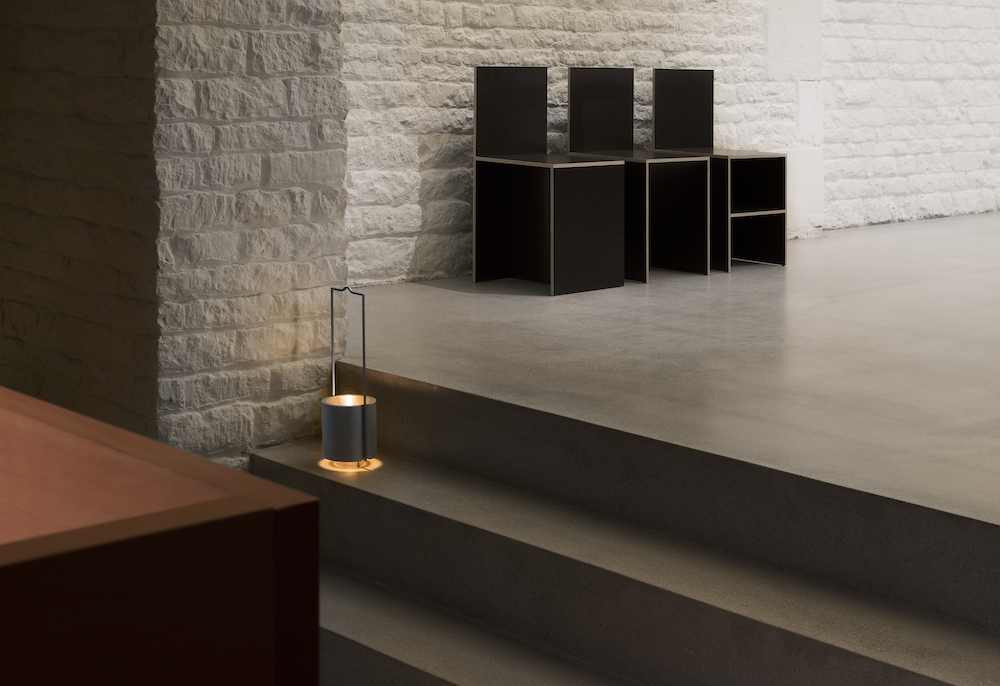
John: When you have a candle or a naked flame it creates an extraordinary atmosphere, very simply. In architecture you always talk about how there is no architecture without light, and how light is the single biggest thing in performing space. For a long time I thought that, like a fireplace, using fire as lighting was unnecessary, that it wasn’t functional, and therefore wasn’t minimal, but I’ve come to feel it’s a necessity. I mean, if you put a candle on the table or a small area, you get this very particular light. It changes the room, spatially, atmospherically.
Magnus: It was important for this project to work with people who think a lot about how the lamp is going to be used, about who will be using it. It’s quite a rare approach. I didn’t know John before he started this project, but I knew his work, and that he would bring a serious approach to this kind of light source.
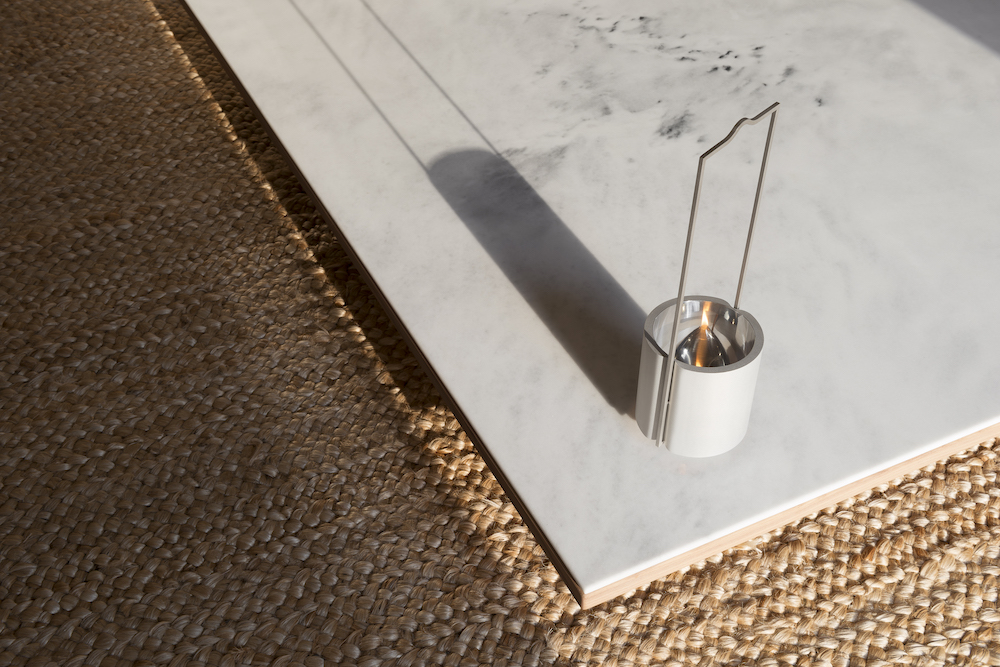
Is there a difference in approach between your electric and non-electric lights?
Magnus: It’s kind of a mix between old fashioned product technology and methods, while using modern technology. Heavy craft is nice, of course, but not particularly feasible for large volumes – by combining processes like forging with computer milling you get the same richness, a solidness in the material.
John: The steel that I usually buy is from Sweden, which is considered to be the best in Europe, and the manufacture of this is as good as it gets really. It’s important, as the simpler a form, the more important the quality of the manufacture is.
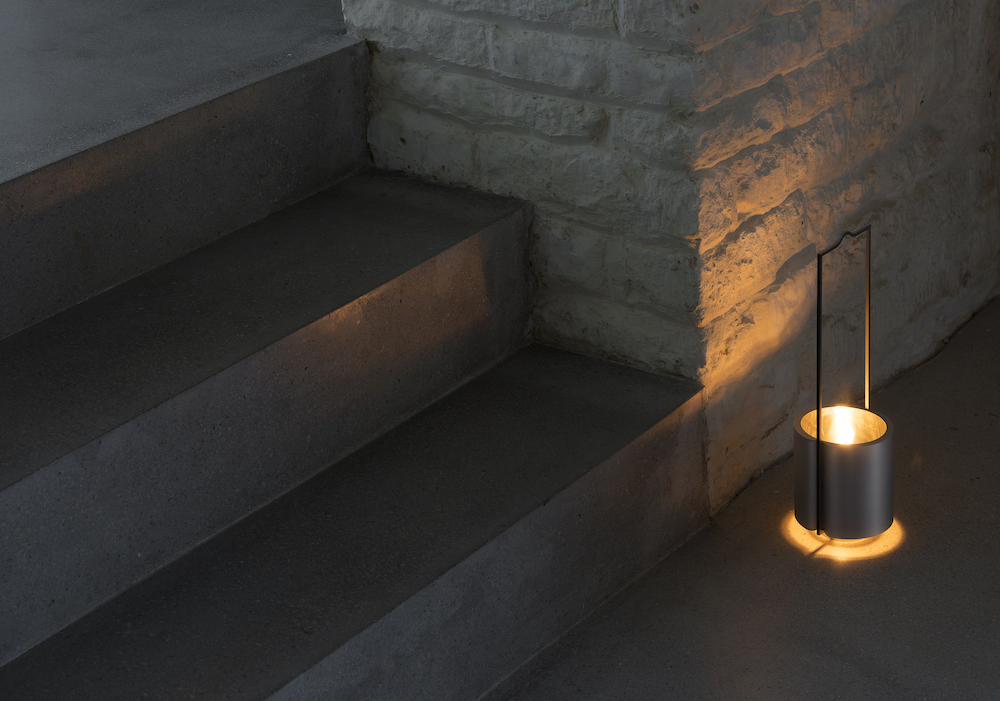
Your work is often described as spiritual, John, of being related to ideas of ritual and even worship. Did those ideas come to play in this design?
John: Well, I suppose about a quarter of my work has been religious buildings – churches or monasteries – and light, and candle light specifically, is very important in those spaces. There’s a lot of consideration of that in their design, though I think about it subconsciously, the value of a naked flame. In this case it was just harnessing that quality of fire as a light source in the best possible way, and to maximise the atmosphere, the expression. Usually I try to think everything through too much, but this was rather serendipitous. I’m happy with it.




